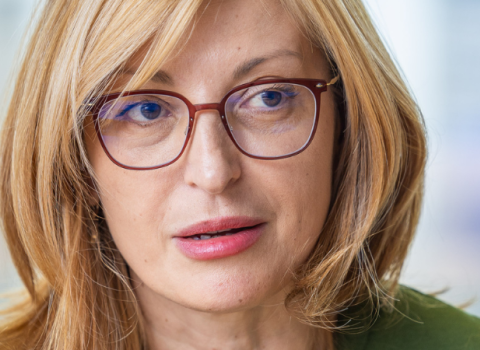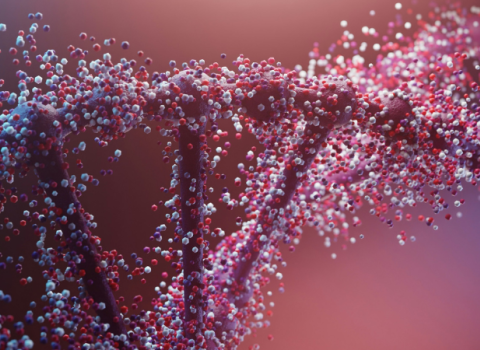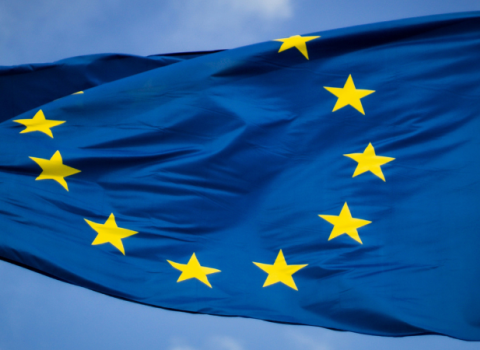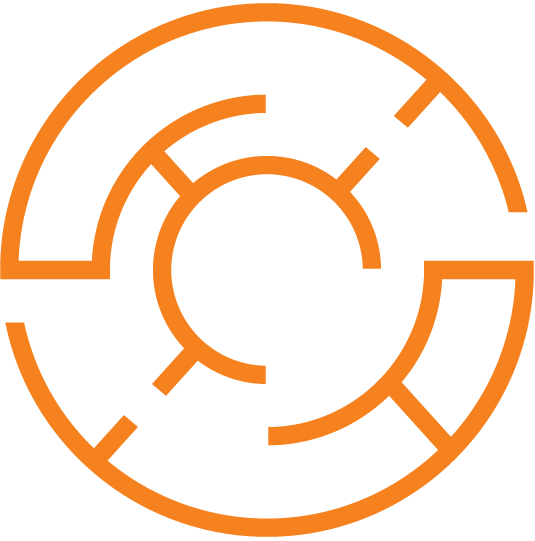
Nuala Moran
“The report provides firm evidence for what we have known for a while: significant EU investment into nanotechnology research has not been matched by a rush to patent and therefore benefit commercially,” says Ottilia Saxl, founder and CEO of the Institute of Nanotechnology in the UK.
“Trends in nanotechnology patenting are different from any previous patent activity. It is one area where commercially applicable innovations have emerged in quantity from the academic base,” adds Saxl, writing in the introduction to the Nanotechnology Report 2006, prepared by the patent lawyers Marks & Clerk.
Related article
European companies and organisations lag in all three fields of nanotechnology examined in the report: nanoelectronics, nanotechnology in healthcare and personal care and nanoenergy.
These are the three areas that were identified in the European NanoRoadMap, a project funded by the EU to look forward ten years and direct funding to the most important areas, enabling Marks & Clerk to track patent activity going forward and see if the road map makes any difference to Europe’s standing.
Of the three fields, nanoelectronics is the most active and the most mature. On the back of significant academic research in the mid to late 1980s the technology has started to enter mainstream markets. Applications closest to market include semiconductor equipment and manufacture, flat panel displays, integrated circuit manufacture, data storage and sensors.
Worldwide, investment in R&D in nanoelectronics increased nine times from 1997 to 2005, moving from $432 million to $1.4 billion, an average annual growth rate of 32 per cent.
‘Surprisingly low’
One of the first patent applications in the field was filed back in 1988 by Hitachi, but 80 per cent of all patenting activity has occurred since 1999.About 37 per cent of applications were filed first in the US, 30 per cent in Japan and 13 per cent in Europe. “The number of patent applications being filed first in Europe is surprisingly low considering the high level of public and private funding,” says the report.
Of the top 30 patent applicants from 2000 to 2005, 18 are based in Asia, 10 in the US and 2 in Europe. Fujitsu is the leader with 62 patent families, while the South Korean electronic company Samsung has 56. In the past few years the most active companies have been Samsung, Hewlett Packard, Hitachi, Infineon Technologies and Philips.
The report says there has been a shift in patent activity from “traditionally savvy” US corporations to Japanese companies. In 2005 six of the top ten filers of US patent applications in nanoelectronics were Japanese companies.
Also in the top 30 are publicly funded bodies in Korea, Japan and Taiwan, underlining the huge investment these governments are making in the field and the increasing interest in this part of the world in protecting that investment via patenting.
The only US players in the top ten are Hewlett Packard and the University of California; and the only European players are Philips and Infineon (see Table 1).
The top 30 filers account for 48 per cent of total patents. In this top 30, European applicants filed a measly 8 per cent. “The low level of patent filing by European applicants is surprising, given the amount of money that is being invested in nanotechnology,” says the report.
“The differences in profiles of the nanoelectronics player in Europe, the US and Asia indicate fundamentally different business approaches. Europe is investing a lot, but protecting very little.”
Inroads into health
Similarly, nanotechnology is beginning to make inroads in health and personal care, in applications including encapsulation and delivery, diagnostics, imaging, sensors and prostheses. Like nanoelectronics the number of patents filed in the past ten years has increased at an almost exponential rate.
The US has by far the largest number of applications and granted patents, and China is a significant filer also. In Europe, Germany has the most filings, with France close behind on the back of significant activity by the cosmetics company L’Oreal (see Table 2).
Indeed, L’Oreal is the largest filer in the field, building on R&D into nanoencapsulation technology for delivering agents such as vitamin A and retinol into the skin. As the report notes, nanotechnology is the one field where a cosmetics company could hold a patent of interest to a pharmaceutical company.
Agent delivery is one of the most important applications of nanotechnology at present, and Elan Corporation of Dublin, Ireland, is second in the filing league, applying the technology to drug delivery.
Overall, the key players are equally split between Europe, the US and Asia, with India making an appearance in the top ten.
Energy concerns
The third field studied in the report, nanoenergy, is thriving on the back of concerns about global warming and the exhaustion of fossil fuel supplies. The field is showing promise in all aspects of energy production, storage, distribution and utilisation. The ability to precisely control matter at atomic and molecular levels can be used not only to increase efficiency and reduce the cost of existing energy generation and conversion systems, but can also provide new ways to create energy.
At present the power balance in nanoenergy is tilted towards electronics companies in Asia, a factor that may shift world dominance in energy supply away from the US. Europe is behind by some margin, as are conventional energy companies.
Nanotechnology is starting to play a role in solar cell, thermoelectricity, batteries, fuel cells and insulation.
For example, solar cells containing nanolayers or nanorods could significantly increase the amount of electricity converted from the sun because they absorb light more efficiently.
The number of nanoenergy applications filed has risen steadily in recent years, with over three times more filings in 2003 than 2000. Most filings are made in the US and Japan, and South Korea and China are dominant also, putting Asia in the lead overall (see Table 3). The leading company in the field is Sony, followed by Samsung.
Europe is poorly represented, with Germany in the lead with 35 first filings, the UK 18 and France 10. In total there are 40 percent fewer first filings in Europe than in Japan.
Surprisingly, none of the well known conventional energy companies feature in the top 20. It is curious also that many of the applications relate to improvements in battery technology, but well known manufacturers are missing from the list.
Table 1: Key Players in Nanoelectronics
| Nanoelectronics Applicants | Number of patent families |
|---|---|
| Fujitsu | 62 |
| Samsung (includes Samsung Electronics & Samsung SDI) | 56 |
| Japan Science and Technology Corp | 42 |
| Hitachi | 38 |
| Infineon Technologies AG | 32 |
| Sony Corp | 31 |
| Hewlett-Packard | 30 |
| Industrial Technology Research Institute | 26 |
| Toshiba | 26 |
| Philips | 24 |
Table 2: Key Players in Nanoenergy
| Nanoenergy Applicants | Number of patent families |
|---|---|
| Sony Corp | 57 |
| Samsung (includes Samsung Electronics & Samsung SDI) | 28 |
| California Institute of Technology | 23 |
| Toyota | 21 |
| Hitachi | 15 |
| Hewlett-Packard | 14 |
| Honda | 11 |
| Chinese Academy of Science | 11 |
| Canon | 11 |
| Motorola | 10 |
Table 3: Key Players in Nanotechnology in Health and Personal Care
| Applicants | Number of patent families |
|---|---|
| L'Oréal | 15 |
| Elan Corp | 12 |
| Japan Science And Technology Corp | 10 |
| Boston Scientific | 9 |
| Chinese Academy of Sciences | 9 |
| Council of Scientific and Industrial Research, India | 7 |
| Nanosystems plc | 7 |
| The Government of United States of America | 7 |
| 3M | 6 |
| Massachusetts Institute of Technology | 6 |





 A unique international forum for public research organisations and companies to connect their external engagement with strategic interests around their R&D system.
A unique international forum for public research organisations and companies to connect their external engagement with strategic interests around their R&D system.